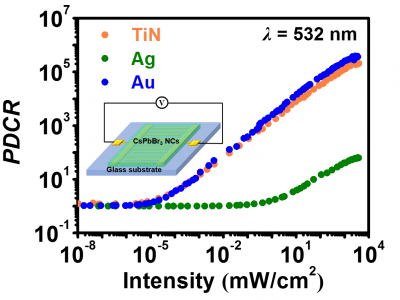Biomedical and Health Sciences
Please cite the following paper when using this dataset:
N. Thakur, “MonkeyPox2022Tweets: A large-scale Twitter dataset on the 2022 Monkeypox outbreak, findings from analysis of Tweets, and open research questions,” Infect. Dis. Rep., vol. 14, no. 6, pp. 855–883, 2022, DOI: https://doi.org/10.3390/idr14060087.
Abstract
- Categories:
 3611 Views
3611 Views
This dataset contains tool-tissue interaction data from a series of partial meniscectomy punches, using an Acufex 1.5 mm upbiter punch. The data was collected from a cadaveric meniscus. The intended use of the data is haptic rendering of arthroscopic partial meniscectomy procedures.
- Categories:
 74 Views
74 Views
Many individuals after stroke exhibit upper extremity (UE) motor impairments. Manual interactions with objects are ubiquitous in everyday life and impaired interactive abilities result in loss of independence. Hence, understanding how deficits of UE manifest in functional interactions with objects is important for neurorehabilitation. However, detailed quantitative measurements of such intricate skills have been elusive so that current quantification of motor impairment has focused on impairment.
- Categories:
 116 Views
116 ViewsPopMedNet™ is an open-source application used to facilitate multi-site health data networks. It uses a distributed network design that enables data holders to retain full control of their data. Investigators send questions to data holders for review and response. PopMedNet eliminates the need for assembling patient records in a centralized repository, thus preserving patient privacy and confidentiality.
This Dataset contains sample data using the PCORnet Common Data Model for running the regression tests supplied with PopMedNet™.
- Categories:
 465 Views
465 Views
A parametric microstrip patch antenna is designed inside a homogeneous spherical eyeball model in order to take into consideration mismatching caused by surrounding tissues. Biocompatible encapsulation is achieved by using Zirconia (εr = 29, tanδ~0). Safety and radiation performance studies for telemetry in the MedRadio band (401 - 406 MHz) are carried out using the SEMCAD X suite, based on the finite difference time domain (FDTD) method.
- Categories:
 157 Views
157 Views
For whole-testis cross-section analysis the output predictions from 1024x1024 images were merged and the whole-testis cross-section image was recompiled, with the annotated cellular and tubular objects, which were derived from cell and tubule models, respectively . This figure provides a high-resolution image of whole-testis cross-section analysis with cellular and tubular labels.
- Categories:
 106 Views
106 Views
<p>Dataset contains 20000+ records of patients data. Of their medical history of getting cardiovascular disease.</p>
- Categories:
 2052 Views
2052 Views
This dataset contains the raw data of the measurements/simulations presented in "Modulation Scheme Analysis for Low-Power Leadless Pacemaker Synchronization Based on Conductive Intracardiac Communication" by A. Ryser et al. This work analyzed the bit error rate (BER) performance of a prototype dual-chamber leadless pacemaker both in simulation and in-vitro experiments on porcine hearts.
- Categories:
 148 Views
148 Views
This dataset is weekly outpatient records of HFMD in Xiamen, China.
- Categories:
 35 Views
35 Views

